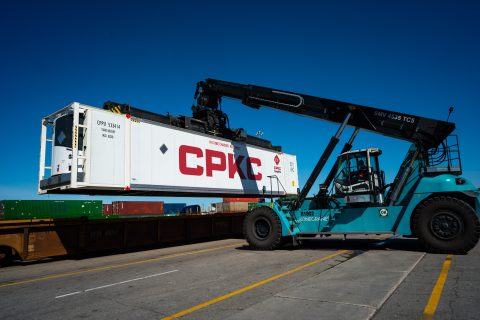TEN-T permit procedures should be more efficient

The European Council has proposed to facilitate the completion of the trans-European transport network (TEN-T) by speeding up permit-granting procedures. It also wants to clarify the procedures of permit granting and public procurement.
The Council made these announcements on Monday 9 December. It has also changed the legal nature of the proposal from a regulation to a directive. This should guarantee the necessary flexibility for member states to take advantage of their permit-granting procedures currently in place.
Completion by 2030
The TEN-T network has two layers: a comprehensive network, which ensures connectivity of all EU regions, and a core network, which consists of those elements of the comprehensive network which are of the highest strategic importance for the EU. The core network is to be completed by 2030 and the comprehensive network by 2050.
However, timely completion has been considered a daunting task, as it entails 80,000 kilometers of railway lines that ought to be optimised by 2030. The administrative procedures could be more efficient, is the conclusion of the European Council.
Directive
To make the procedures more efficient and transparent, member states will designate an authority to act as the main point of contact for the project promoter to receive guidance on the submission of documents and other information. A maximum time limit of four years will be set for the entire permit-granting process. This period can be extended in duly justified cases. Member states will have two years from the directive’s entry into force to incorporate its provisions into national law.
The proposal covers projects that are part of pre-identified cross-border links and missing links of the TEN-T core network. Projects exclusively related to telematics and other new technologies will be excluded from the scope, as their deployment is not limited to the TEN-T core network. However, member states will be free to apply the directive also to other projects on the TEN-T network to enable a broader harmonised approach for transport infrastructure projects.
Follow up
The Commission presented the proposal in May 2018 under the third ‘Europe on the move’ package, which is designed to make European mobility safer, cleaner, more efficient and more accessible. The final text will need to be approved by both the Council and the European Parliament.





